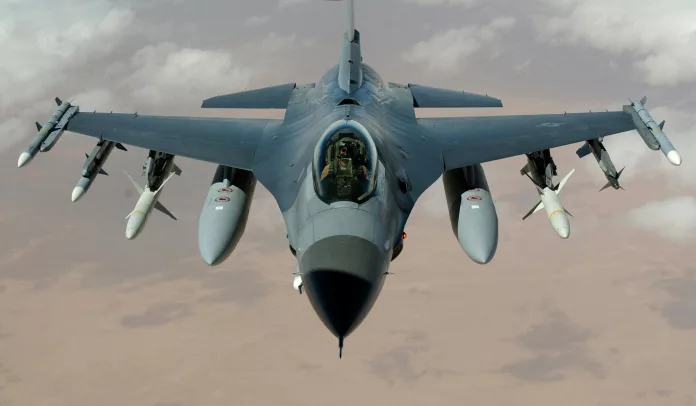When it comes to military aircraft, the use of electric power is seldom the first thing that springs to mind. Traditionally, military forces consume an immense amount of fossil fuels, a trend that is especially pronounced within aviation sectors due to the high energy demands of flight. Contemporary batteries simply cannot provide the power density needed for most aircraft, particularly the high-performance models preferred by militaries that consume copious volumes of fuel. However, this reliance on traditional technology is not a fixed paradigm in the United States; research into alternative methods of aircraft control and power is well underway.
Innovations in Aircraft Control: The X-65 CRANE Project
The X-Planes programs of the US have long been associated with groundbreaking advancements, and among these innovative ventures is the X-65 CRANE project. The acronym, which stands for Control of Revolutionary Aircraft with Novel Effectors, might have been designed to catch attention, but the project’s ambition speaks for itself. CRANE explores new ways to direct an aircraft’s flight path—not through the conventional use of moving parts like rudders and ailerons, but rather through manipulating the flow of air with inventive techniques.
Moving control surfaces, despite their ubiquity in aerial design, carry several limitations, such as the energy required to sustain hydraulic systems and the increased aerodynamic drag stemming from structural seams. CRANE addresses these issues by experimenting with specialized air nozzles and jet ducting to steer planes using high-velocity air jets rather than hinged surfaces. Demonstrations with scale models have showcased this capability, pointing to a future where even the architecture of planes, like the absent tail fin in new designs, can become more streamlined and efficient.
Redefining Stealth and Speed in Aviation
For military applications, these novel control mechanisms have the added bonus of enhancing stealth capabilities. Traditional designs, with their control surfaces and structural variations, can be more easily detected by radar. A solid-state design, however, which relies on maintaining a consistent shape for control, can minimize these vulnerabilities and maintain the optimal form for evasiveness.
These advancements are not solely about evading detection; speed is another critical aspect. Planes designed without control surfaces are potentially more stable at extreme velocities, a quality that could be vital for hypersonic travel, as seen in concepts like the Mach 10-capable Darkstar prototype featured in pop culture. Here, efficiency and performance intersect, paving the way for aircraft that can deliver more power with reduced resource consumption.
The Benefits of Non-moving Control Surfaces
Aside from improving stealth and speed, reducing the weight of an aircraft by eliminating the need for hydraulic systems frees up capacity for other essentials, such as batteries, while also curbing fuel consumption. Moreover, the absence of mechanical flight control systems simplifies the structure of an aircraft, leading to increased range and less need for complex maintenance, which in turn contributes to environmental and cost savings.
Military Investment as a Catalyst for Technological Progress
While some may question the emphasis on defense spending for technological advancement, history has shown that many of today’s cherished technologies had their early development funded through military budgets. From the inception of the internet—initially a project to develop a resilient computer network against possible Soviet attacks—to innovations derived from the space race era, which gave us invaluable medical devices, many technological breakthroughs might not have been possible without the significant investments ushered in by defense initiatives.
Technologies such as non-moving control surfaces may be costly to develop and outside the reach of conventional commercial investment due to their long-term nature. Yet, they hold the potential for substantial future dividends in performance, efficiency, and sustainability. It is within this context that defense spending can play a pivotal role in advancing these cutting-edge technologies, frequently under the scrutiny of those wary of governmental expenditure yet capable of yielding transformative results for both military and civilian applications.


























